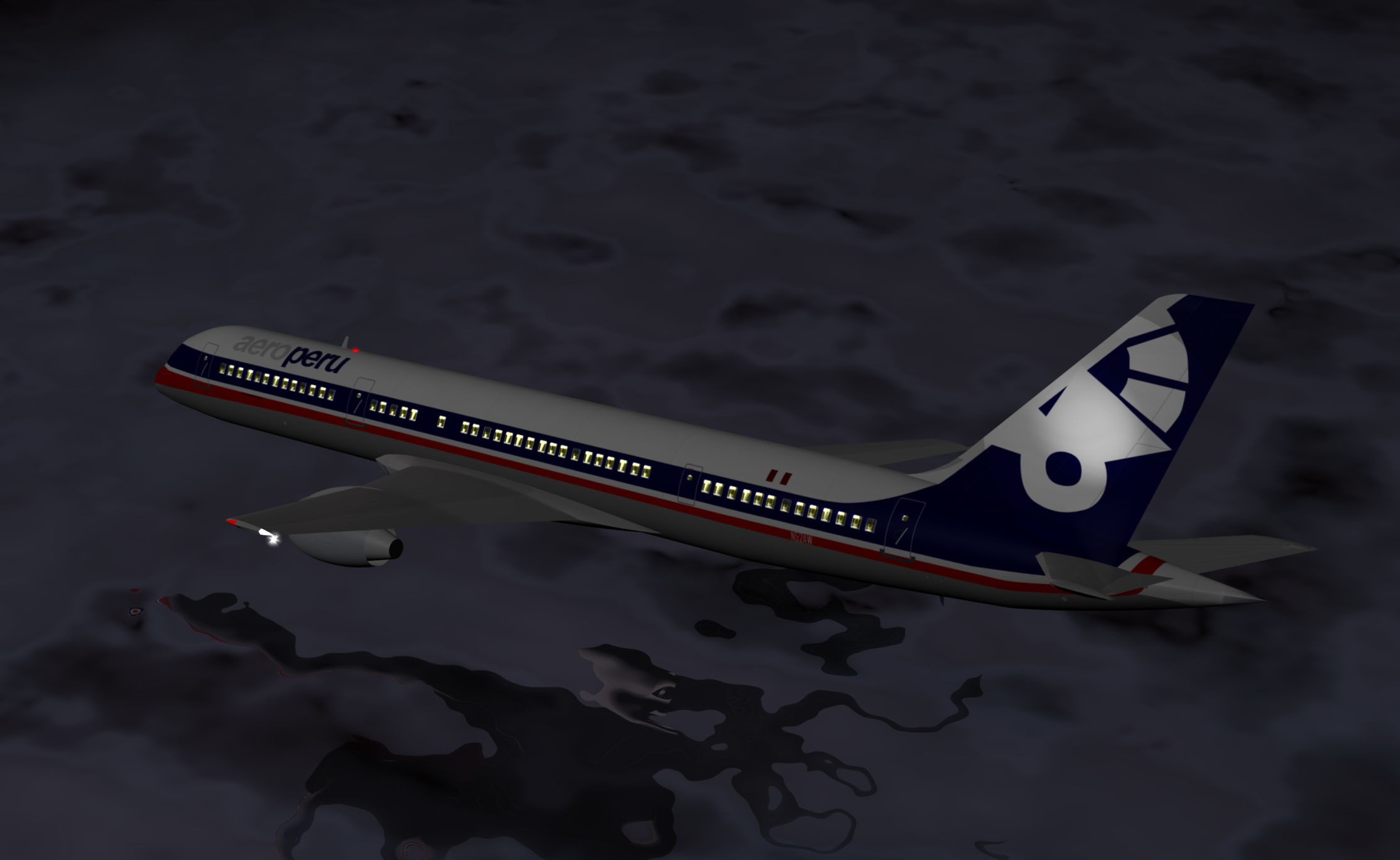Exactly 26 years ago today, on Wednesday, October 2, 1996, Aeroperú Flight 603 crashed in the Pacific Ocean near Lima, killing all 70 passengers and crew. The aircraft involved in the fatal crash was a three-year-old Boeing 757-23A registered N52AW. The plane was delivered new from Boeing on December 2, 1992, to Ansett Worldwide, which then leased it to Aeromexico, which subsequently subleased it to Aeroperú on April 1, 1995.
In charge of the flight was 58-year-old Captain Eric Schreiber Ladrón de Guevara, which had 22,000 flight hours that included 1,520 on the Boeing 757. Assisting the captain was 42-year-old First Officer David Fernández Revoredo, which had 8,000 flight hours, of which 719 were on the Boeing 757.
The plane crashed after taking off from Lima
Aeroperú Flight 603 was a regularly scheduled flight from Miami International Airport (MIA) to Arturo Merino Benítez International Airport in Santiago, Chile (SCL), with stopovers in Quito, Ecuador, and Lima, Peru.
After arriving in Lima, all the passengers got off with 60, transferring to another Boeing 757 for the onward journey to Chile. The aircraft took off from Runway 15 at Jorge Chávez International Airport (LIM) at 00:42 local time. Not long after takeoff, the crew noticed that their basic flight instruments were behaving strangely and reported that they were getting contradictory serial emergency messages from the aircraft's flight computer. The contradictor messages included altitude and airspeed indicator, rudder ratio, Mach speed trim, overspeed, underspeed, and flying too low. Concerned about their situation, the crew immediately declared an emergency and asked to return to Lima.
Incorrectly the pilots believed that with the help of an air traffic controller, they could figure out the plane's actual altitude. However, they did not know that the controller saw the same readings as they were as all the information was being relayed to the controller from the aircraft's Mode C Transponder. Neither the pilots nor the controller knew the plane's actual altitude.
The flight was at night and over water
While believing they were at a safe altitude, the crew began their descent into Lima. The problem was that it was night, and the flight was over water with no visual references to indicate their actual altitude or to assist with the final approach to the airport.
Consequently, the aircraft stalled several times, adding to the rate of descent while the altimeter wrongly told them that they were flying at 9,700 feet. The plane's actual height was much lower than they assumed. To help guide the plane to the airport, Lima ATC instructed a Boeing 707 to take to the air and help guide them in. Unfortunately for the crew and the 61 passengers, it was too late, and the plane crashed into the Pacific.
The investigation
The Commission of Accident Investigations (CAI) of the Director General of Air Transport (DGAT) of Peru to charge of the investigation, aided by the National Transportation Safety Board (NTSB). After asking for assistance in recovering the wreckage, the United States Navy provided the equipment needed to recover the aircraft. Adhesive tape had been placed over some of the plane's static ports on the underside of the fuselage. It was revealed that Aeroperu employee Eleuterio Chacaliaza had forgotten to remove the tape after washing and polishing the plane.
The plane's static ports are vital to virtually all aircraft flight instruments providing basic information such as air speed and altitude. Most aircraft have unique brightly colored static port covers for use when an aircraft is being cleaned or stored with the words "remove before flight" written on them. Unfortunately, the Boeing 757 did not, and the Aeroperú employee used adhesive tape to cover the static ports.
As a result, all the readings the pilots saw were wrong. In the final report, investigators concluded that the flight crew was confused by the conflicting data and that the overwater flight at night with no virtual references led to the crash.

.jpg)
.gif)
.jpg)
